Cusco was the centre of the Incan empire (early 1400s to late 1500s), and at one stage its influence spread across much of the west side of South America. After our morning of caching we took a tour to see some of the Incan ruins around Cusco. Of course, the Spanish came along in the 1500s and didn’t play nice with a lot of things; the cathedral in the main plaza and the Church of Santo Domingo (shown below, a short walk from the Plaza de Armas) were both built on and from the demolished remains of Incan temples. The latter site was originally named Qorikancha, and some of the original stonework, with its tight-fitting mortar-free masonry, is still visible. [The spellings of the original Quechua names for things in Peru are notoriously variable, as there are (a) Spanish renditions of the original words, which use Spanish spelling/pronunciation conventions but which may have lost the original Quechuan nuances in the transliteration, and then I think there has (b) been a more recent attempt to more accurately capture original pronunciations and render them in a more consistent written form. There are certainly subtleties in this process that I don’t understand, including whether or not there is a significant difference in spelling something with a “Q” (as in Qorikancha) versus a “Qu” (as in Quechua).]
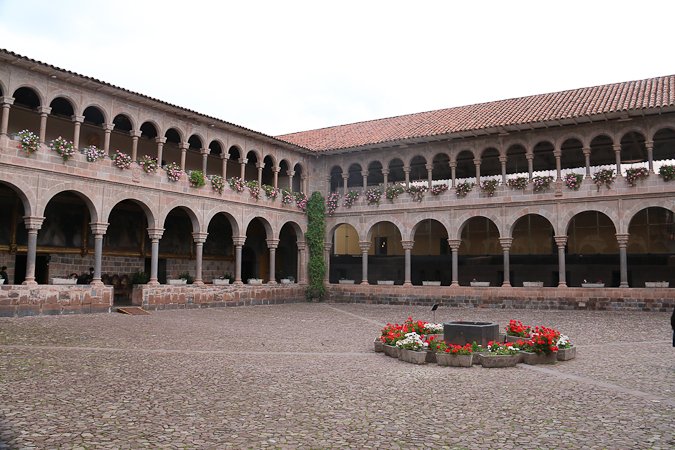
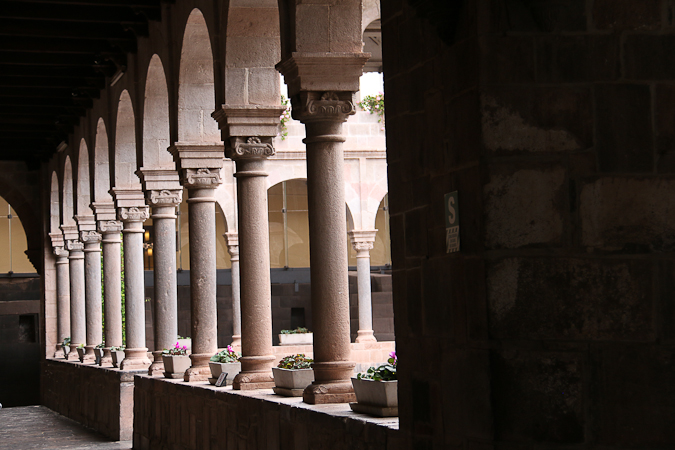
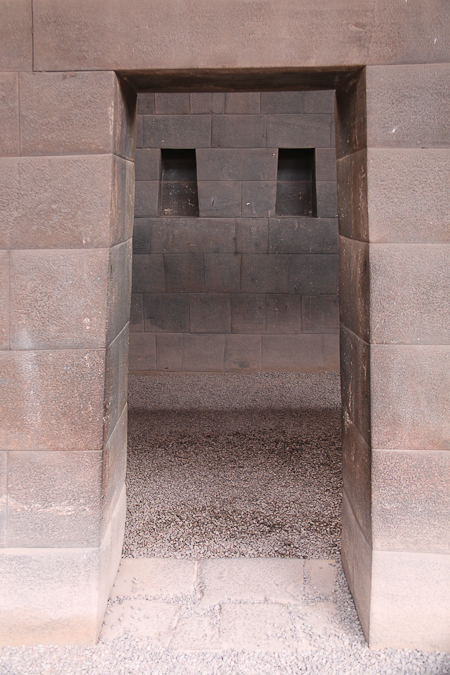
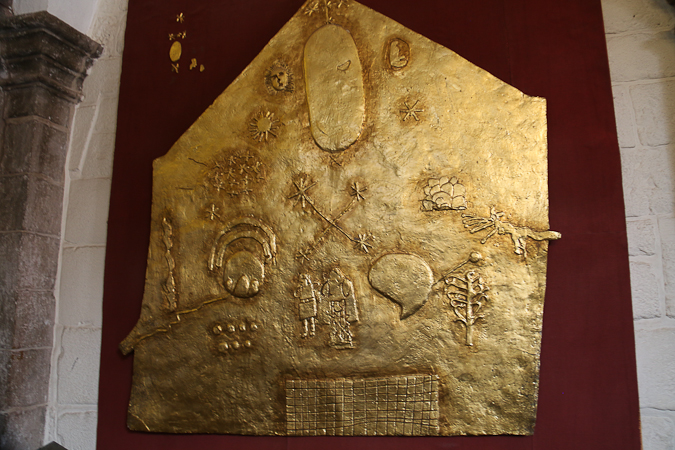
We then had a bus onto the hills above Cusco, where we visited some more Incan ruins, including Tambomachay (S 13°28.8′, W 71°58′) with its water channeling and fountains as shown in the two photos below, and Q’enqo (S 13°30.5′, W 71°58.2′) with its altar in an underground cave (not shown due to the fact that the photos came out blurry!).
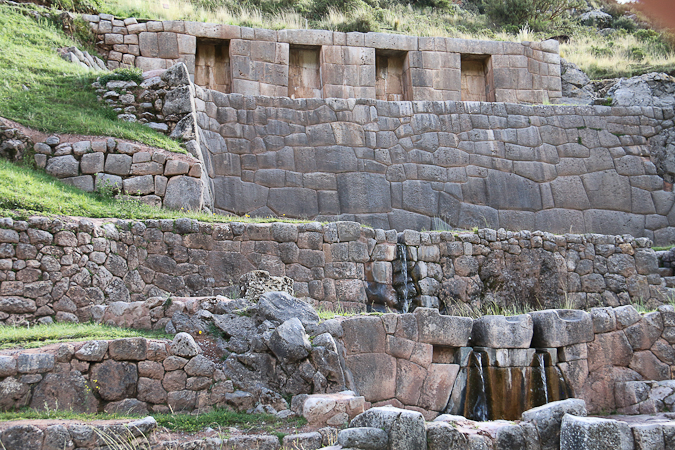
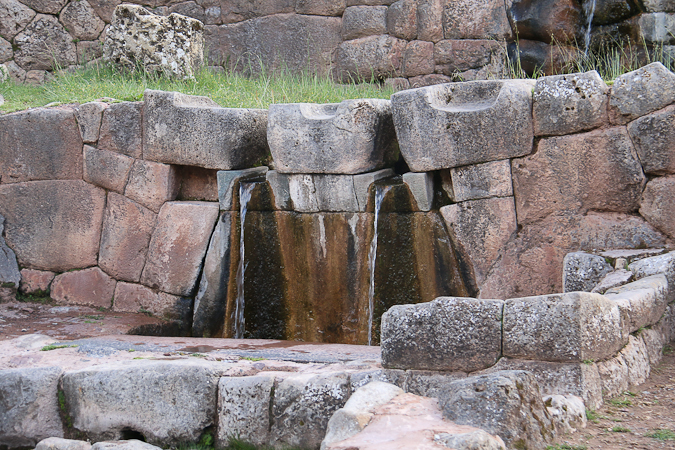
The tour guide saved the best for last. Our final stop was Saqsayhuaman (S13°30.5′, W 71°58.9′) which was the largest complex we saw, with massive walls with amazing stonework and terraces and stairs. Incan stonework varies in its quality, with the tight-fitting earthquake-proof masonry restricted to the palaces and temples (strictly speaking, the Inka were the nobility/ruling families for the Quechua people who comprised what we loosely, but perhaps incorrectly, call the Incas).
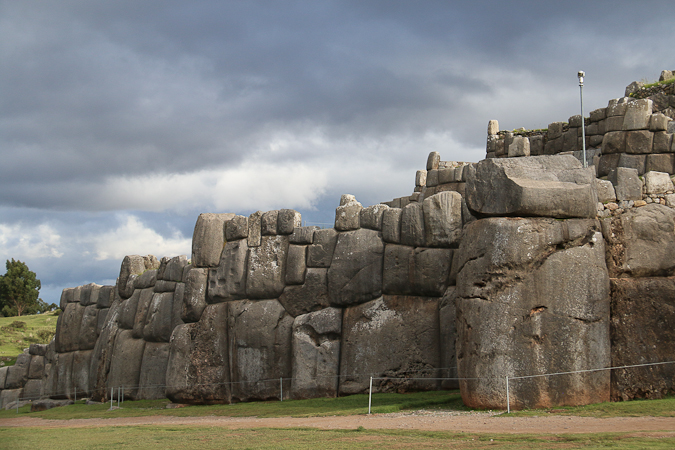
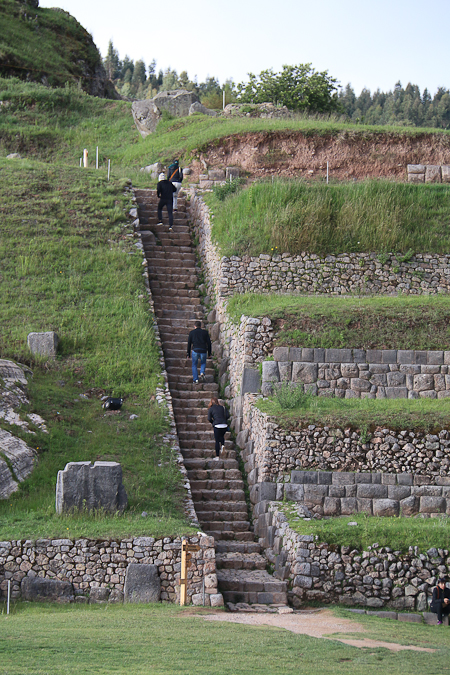
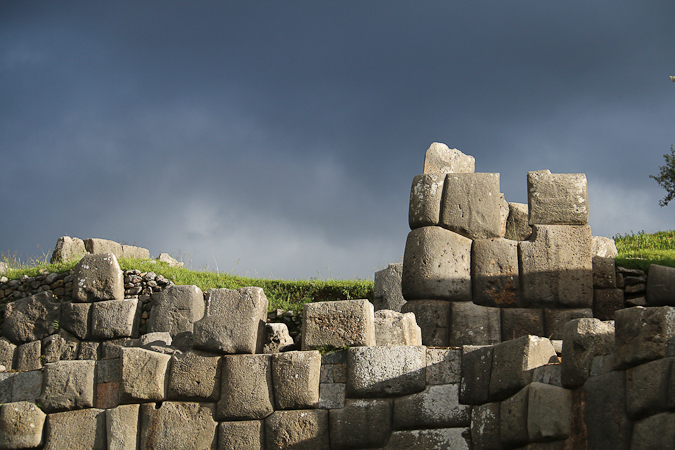

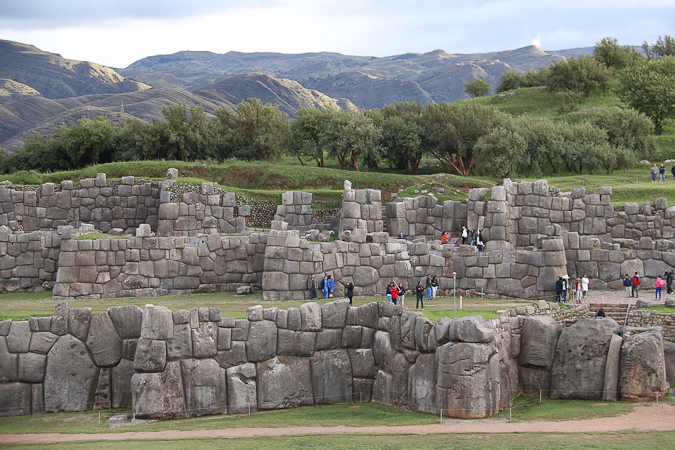
The tour ended with an un-advertised phenomenon: I happened to notice a sun-dog, a patch of rainbow-like light to the right of the setting sun (there may also have been another patch located the same distance to the left but it didn’t make the photographs). I don’t think I’ve seen one before although apparently they’re not all that rare.
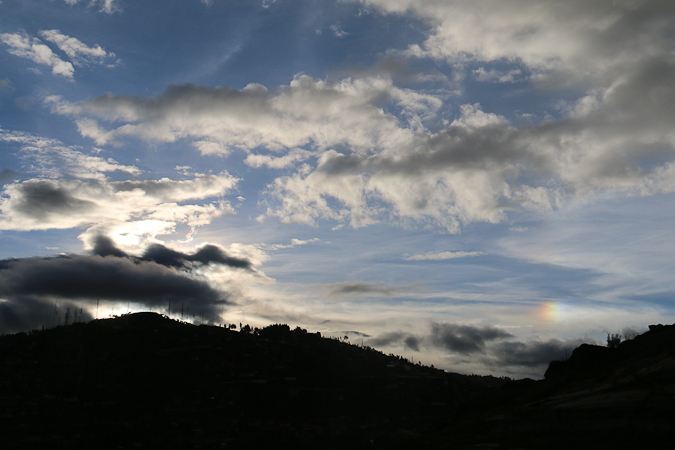
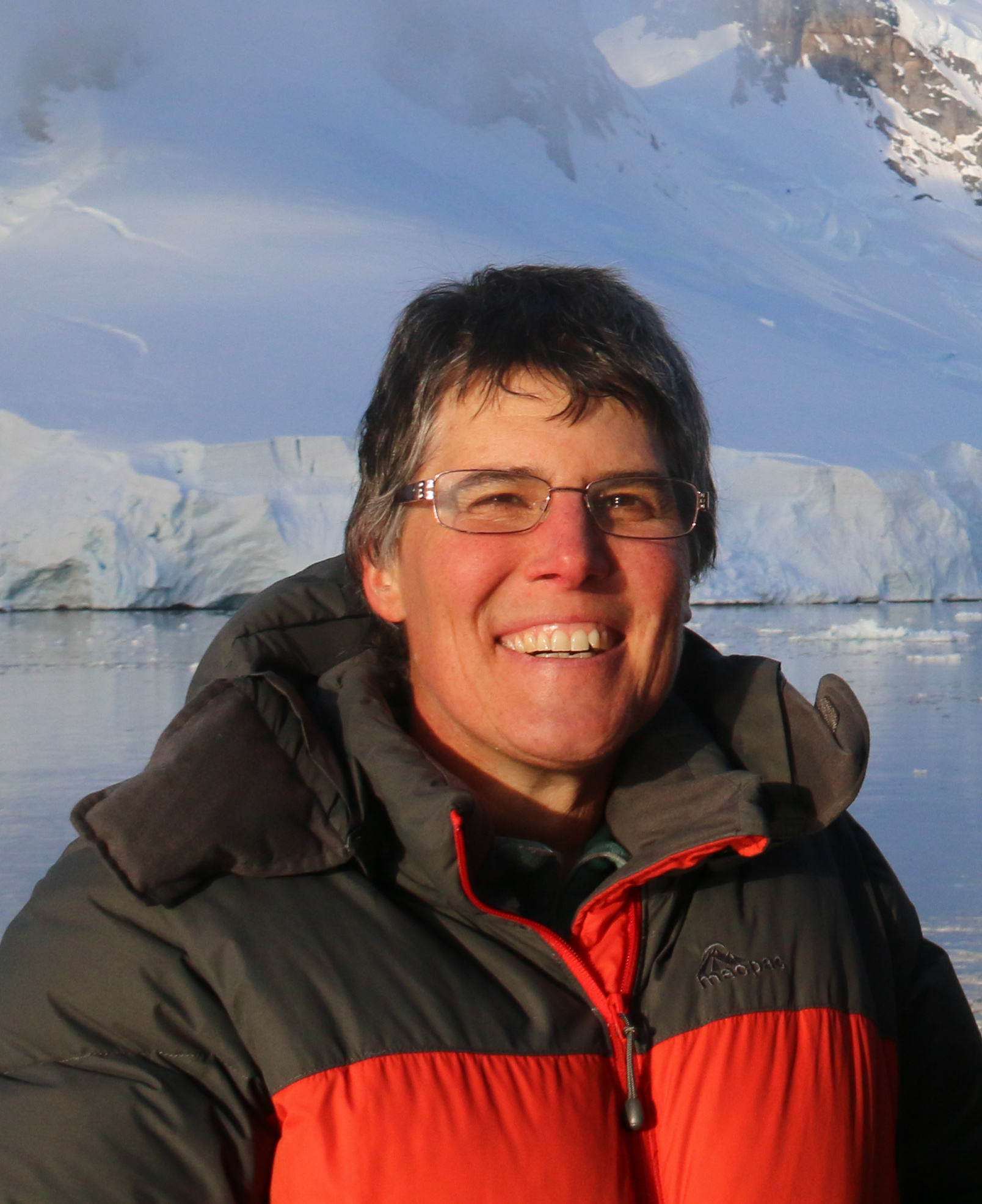 Helen Chick
Helen Chick
Latest comments